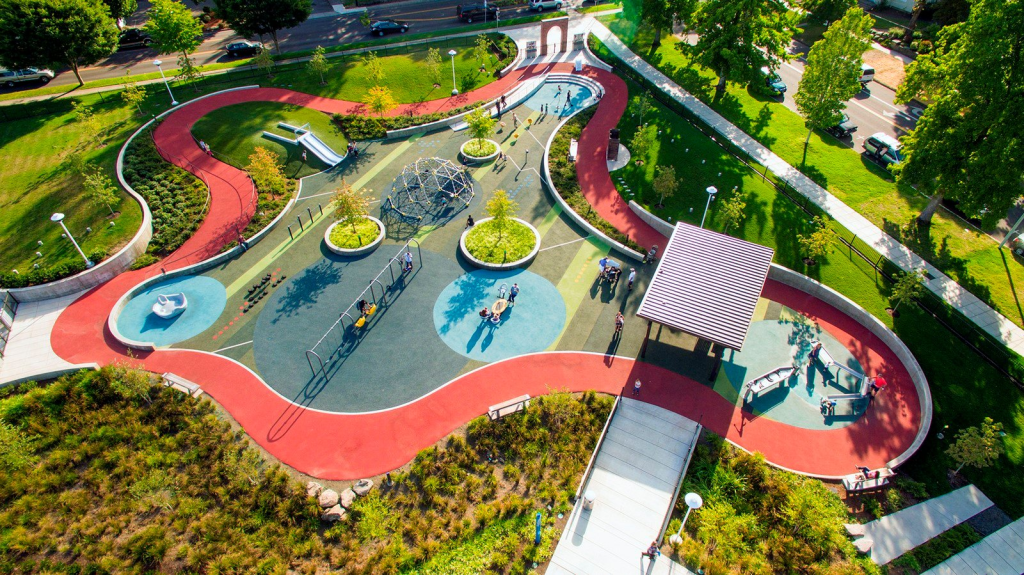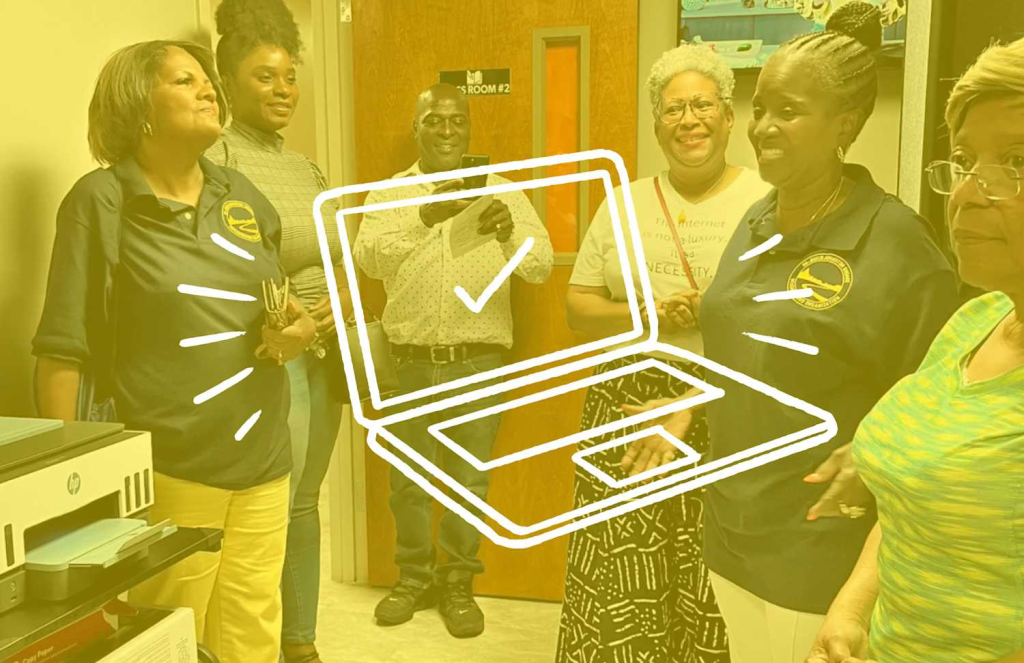
Creating Inclusive Community Spaces for Everyone
In today’s diverse society, the concept of community has evolved beyond simple geographic proximity to encompass shared values, experiences, and aspirations. At the heart of thriving communities lies a crucial element: inclusive community spaces that welcome and accommodate all individuals regardless of their abilities, backgrounds, ages, or socioeconomic status. These intentionally designed environments serve as powerful catalysts for connection, belonging, and collective growth, transforming neighborhoods into true communities where everyone can participate fully.
Understanding True Inclusivity in Community Spaces
Inclusive spaces go far beyond minimal compliance with accessibility regulations. They embody a comprehensive philosophy that considers the full spectrum of human diversity and experience. When properly conceived, these environments eliminate barriers that might otherwise prevent full participation while actively celebrating the richness that diverse perspectives bring to community life.
True inclusivity encompasses multiple dimensions:
- Physical accessibility that accommodates various mobility needs, sensory differences, and cognitive considerations
- Cultural inclusivity that honors diverse traditions, languages, and practices
- Economic accessibility that ensures participation isn’t limited by financial resources
- Age-inclusive design that welcomes community members across all life stages
- Psychological safety that allows authentic self-expression without fear of judgment
These elements work together to create spaces where everyone feels they truly belong rather than merely being permitted to attend.
The Transformative Benefits of Inclusive Spaces
When communities prioritize inclusive design, the benefits extend far beyond the immediately obvious advantages for individuals with specific accessibility needs.
Strengthened Social Cohesion
Inclusive environments naturally foster meaningful interaction across traditional social divides:
- Different generations share knowledge and perspectives
- Diverse cultural groups develop mutual understanding
- People with varying abilities contribute their unique insights
- Economic barriers that typically separate community members diminish
These interactions build the social trust and reciprocity that characterize resilient communities capable of addressing collective challenges.

Enhanced Community Creativity and Problem-Solving
Communities that welcome diverse participants naturally access broader perspective ranges when addressing local issues. This diversity and inclusion leads to more innovative, effective solutions that consider varied community needs rather than defaulting to majority preferences.
Economic Revitalization
Inclusive spaces frequently drive economic benefits through:
- Increased participation from previously excluded community members
- Greater attraction for visitors and new residents
- Enhanced property values in areas with vibrant community spaces
- Entrepreneurial opportunities that emerge around inclusive gathering places
These economic advantages create virtuous cycles that sustain ongoing community investment.
Individual Wellbeing Improvements
On the personal level, accessible community spaces contribute significantly to wellbeing:
- Reduced isolation for vulnerable community members
- Increased physical activity through accessible recreation options
- Mental health benefits from meaningful social connection
- Skill development through inclusive learning opportunities
- Enhanced sense of belonging and purpose
These individual benefits collectively translate to healthier, more vibrant communities.
Design Principles for Creating Inclusive Spaces
Effective inclusive community spaces incorporate several key design approaches:
Universal Design Philosophy
Rather than creating separate accommodations for different needs, universal design integrates inclusivity from the beginning:
- Multiple ways to navigate and experience spaces
- Flexible elements that adapt to different user requirements
- Intuitive layouts minimizing cognitive load
- Comfortable design for diverse body types and abilities
- Sensory considerations including lighting, acoustics, and textures
This approach benefits everyone while avoiding stigmatizing accommodations.

Participatory Planning Processes
Truly inclusive spaces emerge from planning processes that themselves demonstrate inclusivity:
- Diverse stakeholder involvement from earliest concept stages
- Accessibility of planning meetings and materials
- Multiple feedback channels accommodating different communication preferences
- Compensation for traditionally underrepresented contributors
- Transparent decision-making demonstrating how input shapes outcomes
These collaborative approaches ensure spaces reflect actual community needs rather than designers’ assumptions.
Cultural Responsiveness
Inclusive spaces honor the cultural diversity present within communities:
- Multilingual signage and communications
- Design elements reflecting various cultural aesthetics
- Flexible spaces accommodating different cultural gatherings
- Consideration of cultural norms regarding privacy, interaction, and use of space
- Programming that celebrates diverse traditions and practices
This cultural inclusivity communicates respect while enriching the community experience for all participants.
Overcoming Challenges in Creating Inclusive Spaces
Despite their benefits, inclusive community spaces face several implementation challenges:
Budget Considerations
While inclusive design often carries cost implications, creative approaches can address financial constraints:
- Phased implementation prioritizing highest-impact elements
- Community resource contribution reducing monetary requirements
- Multiple-use designs maximizing functionality from each investment
- Grant opportunities specifically supporting inclusivity initiatives
- Documentation of economic benefits justifying long-term investment
These strategies help communities progress toward inclusivity despite resource limitations.

Balancing Diverse Needs
Sometimes different inclusion requirements present apparent conflicts:
- Sensory-friendly environments versus vibrant social spaces
- Cultural specificity versus multicultural accessibility
- Private spaces for vulnerable groups versus community integration
- Technological accessibility balanced with digital divide considerations
Thoughtful design can often reconcile these tensions through flexible spaces, clear communication, and scheduling that accommodates different needs at different times.
Sustaining Inclusive Community Spaces
Creating inclusive spaces represents just the beginning—maintaining inclusivity requires ongoing attention:
- Regular accessibility audits addressing emerging barriers
- Continuous community feedback mechanisms
- Staff and volunteer training on inclusive practices
- Adaptive programming responding to changing community demographics
- Celebration of inclusion successes that reinforce community values
This sustained commitment ensures spaces remain relevant and welcoming as community needs evolve.
Conclusion
Inclusive community spaces serve as powerful manifestations of community values, demonstrating through physical environment and programming that everyone belongs and contributes. By intentionally designing for the full spectrum of human diversity, communities create environments where authentic connection flourishes, innovative solutions emerge, and collective wellbeing improves.
As we work toward more inclusive communities, each step—whether a major renovation or simple signage improvement—represents progress toward spaces where everyone can fully participate in community life. The investment in inclusive design ultimately returns dividends far exceeding the initial costs, creating communities where the full potential of human connection and collaboration can flourish.
